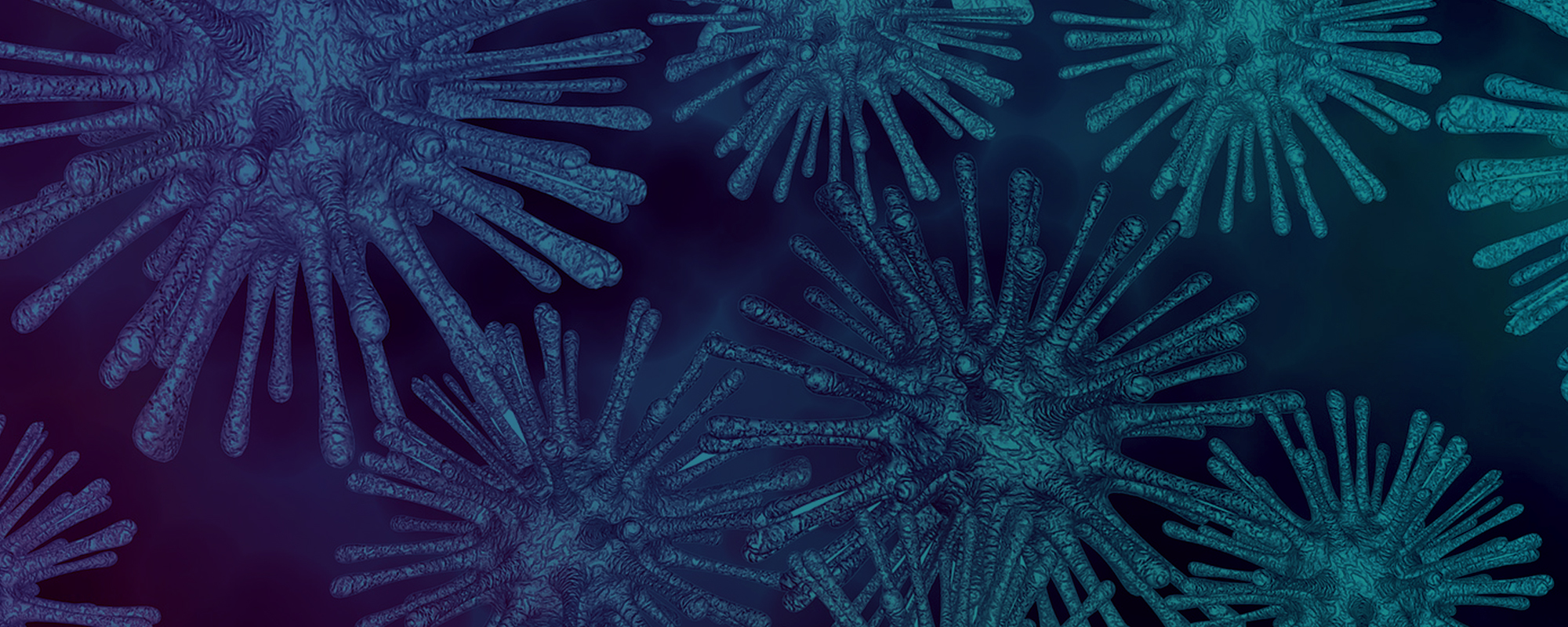I live with limits, but I refuse to let them define me. Moreover, I live with the hope that one day, those limits may be reduced or even eliminated with the help of new treatments that researchers like my mom are working so hard to discover. By sharing my story, I want to give others in my situation that same sense of optimism and the reminder that we are not alone in this fight.

Living With Limits Does Not Mean Living Without Hope
People living with an autoimmune disease often undergo a long and winding journey before finding optimal treatment. Because these conditions can affect the whole body, symptoms vary widely from patient to patient, and getting the right diagnosis can be challenging.
My own story is a good example. My experience started two years ago, when a headache progressed into a painful migraine, which morphed into kidney pain the next day. A hospital visit led to an appointment with my general practitioner, who sent me to a rheumatologist, who finally diagnosed me with Sjogren’s syndrome. But today, my symptoms are more aligned with lupus, and as the condition continues to change with my body, my doctors and I have avoided giving it a label. Instead, we simply refer to it as an autoimmune disease.
Such vague descriptors are common when it comes to autoimmune conditions because these diseases are heterogeneous. Due to factors including genetics, environment and lifestyle, conditions like lupus manifest themselves in diverse ways. In my case, I manage arthritis in my hands and feet, a butterfly-shaped rash on my chest and face, and extreme fatigue. The fatigue is probably the worst part. When my friends push themselves too hard, they can recover by sleeping in the next morning. If I push too hard, I can’t leave the bed for days.
When I talk to people who have been newly diagnosed with an autoimmune condition like lupus, I mention two things. First, you’ll need to recognize your limits and approach your body in a different way. Self-care becomes crucial. When I go outside, even in summer, I wear long sleeves and a hat to avoid direct sunlight, which can trigger a flare-up. When I’m out with friends, I say no to alcohol. Even so, my symptoms are beyond my full control, and at the end of my weeks, I’m often so exhausted I sleep the weekend away.
Second, living with limits does not mean living without hope. There aren’t many treatments currently available for people with conditions like mine, but there is an army of researchers working every day to change the status quo. I know this because my mom is one of them. If anything, my journey has given me a greater appreciation for what she does—including the late nights, the business trips and the frustrations that accompany the drug discovery process. I’ve learned that my mom and her colleagues are more than just creating medicines; they’re making people’s lives better.
Ready to Get Involved?
Make your voice heard to protect innovation.